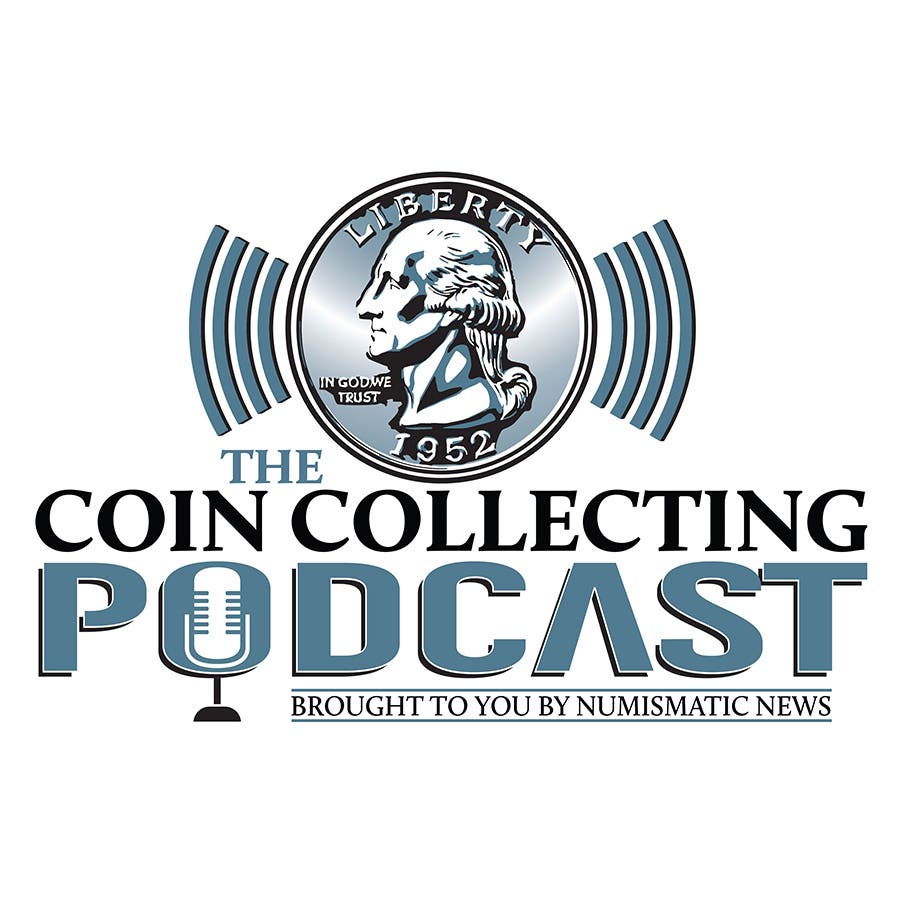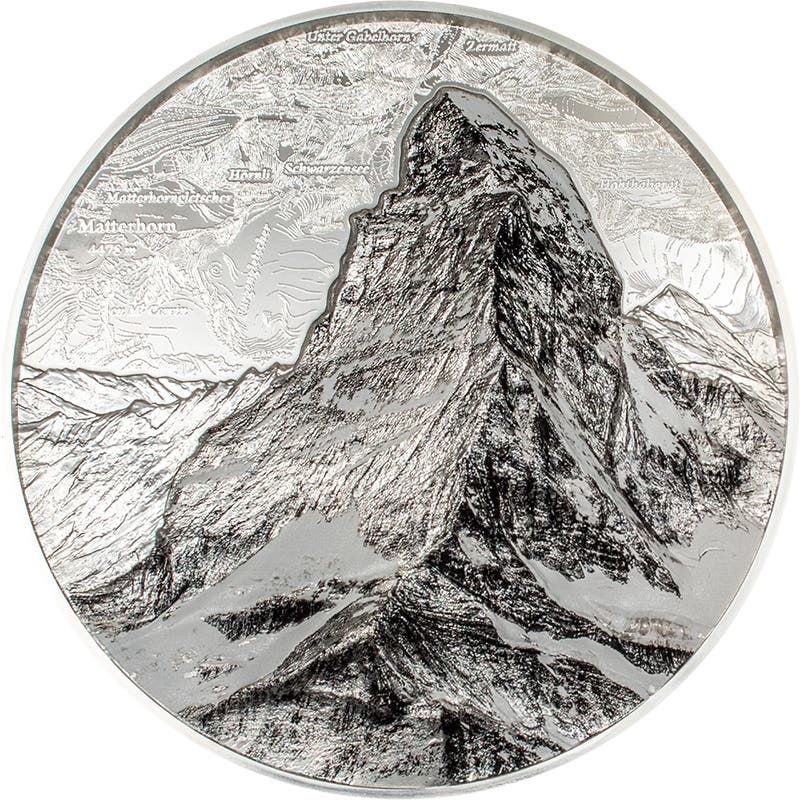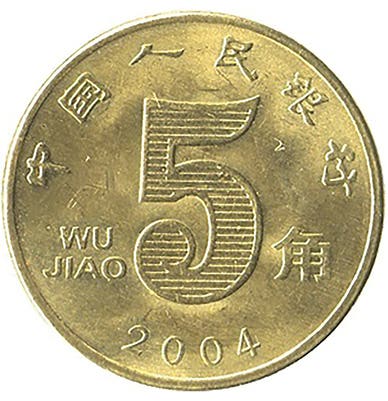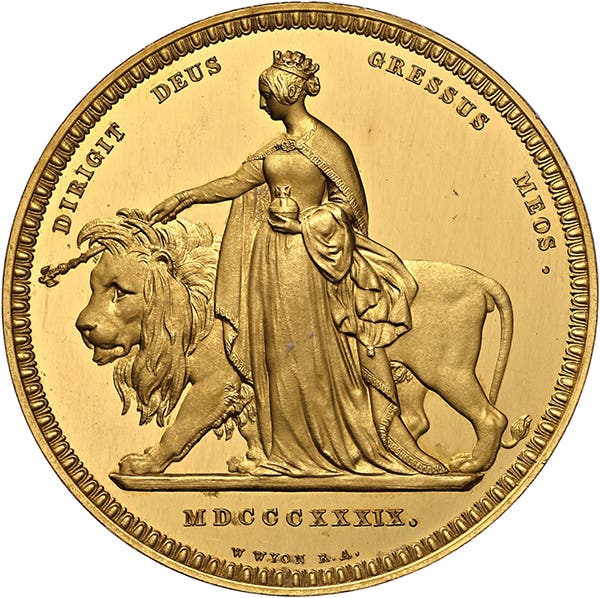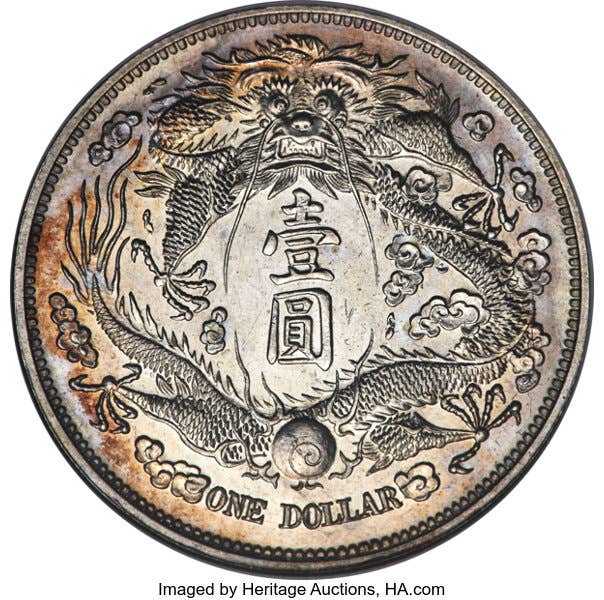Starck Reality: Provenance matters… and doesn’t when it comes to pricing.
Provenance can be a game-changer in numismatics—except when it comes to standard price guides. A look at an 1872-M Italy 5 lire from the famed Eric P. Newman Collection reveals why some coins sell for multiples of their market value, but their historical pedigree doesn’t always impact official pricing.
We were recently tasked with updating prices for multiple Italian coins from the 1800s and 1900s. At some levels, the listed values were below the silver melt value of the coins.
In doing this, I took the occasion to review all the market prices for the 5 lire from 1869 to 1875. This example is cataloged as KM 8.3.
While reviewing past sales results, the price realized for 1872-M silver 5 lire, sold in a Heritage auction more than 10 years ago, jumped out at me. The coin was graded Extremely Fine-45 by NGC, and frankly, it’s not a coin that would usually merit the cost of grading.
So, what made this coin so special?
The silver crown was included in Heritage Auctions' April 24, 2014, auction of material once owned by Eric P. Newman, a St. Louis native who surely would be on the Numismatic Mount Rushmore if one existed.
His influence on the hobby in the 1900s was long and deep, and before he died in 2017, he began selling his collection to benefit a foundation that bears his name.
This coin realized $152.75, about three times the price of a nearly comparable example in the NumisMaster database. For example, an EF-40 example of that coin and mint mark is valued at $45.
So, when setting a price for the online database, does such a sale factor into the pricing? In a word, no.
An axiom of the hobby is that collectors should “buy the coin, and not the holder.” But in this case, the holder guarantees the provenance of the famed collection and its creator. Thus, the sales result is notably an outlier and should not factor into the generic price for the coin in that grade and the other minting characteristics.
The lucky collector who bought that Newman-pedigreed coin may want to remove it from the holder so they can touch it directly, but removing the pedigree would affect its future market value.
You may also like:
Jeff Starck is the Market Analyst for Numismaster.com and is a lifelong collector and writer. His appreciation for and interest in world coins and writing allows him to share the hobby with others.



